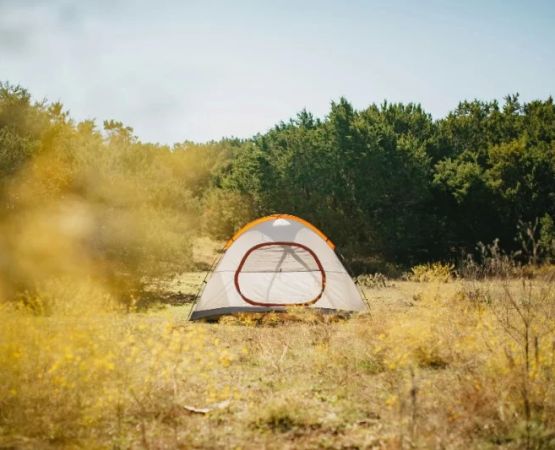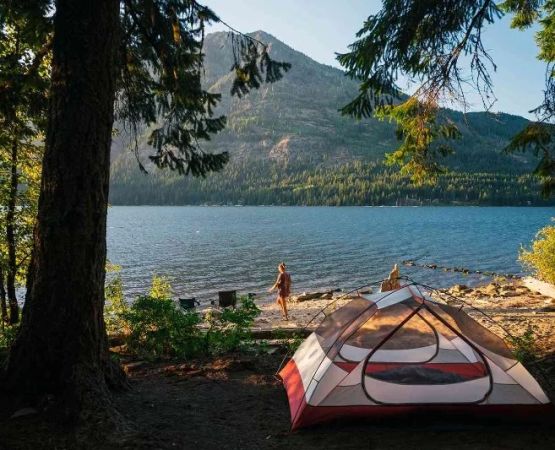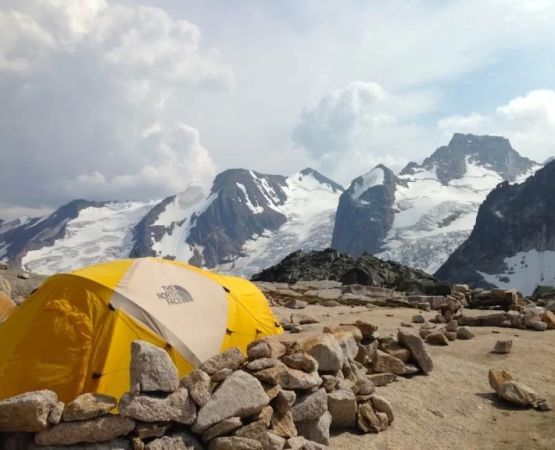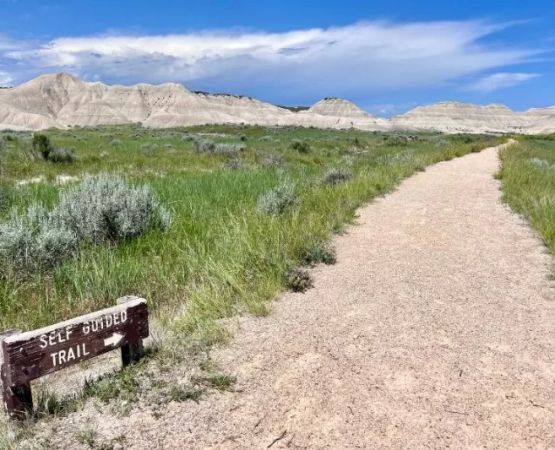- 1. Why a Campfire Ring is Essential for Safety
- 2. Planning and Preparing Your Campfire Ring
- 3. Step-by-Step Guide to Building Your Campfire Ring
- 4. Materials You Will Need for the Campfire Ring
- 5. Maintaining and Using Your Campfire Ring Safely
1. Why a Campfire Ring is Essential for Safety
Building a campfire ring is crucial for both safety and environmental protection when enjoying a campfire outdoors. A well-constructed campfire ring helps contain the fire, preventing it from spreading uncontrollably. This not only protects the surrounding nature but also ensures the safety of campers, wildlife, and your campsite. Without a fire ring, there is a higher risk of accidental fires, which can be devastating in remote areas with dry conditions. By following the right guidelines, you can enjoy a campfire with peace of mind.
2. Planning and Preparing Your Campfire Ring
Before you begin building your campfire ring, planning is essential. First, choose a safe location away from overhanging branches, dry grass, or anything that could catch fire easily. Ideally, your fire ring should be built on bare soil or gravel rather than grass or forested areas. Next, assess the size of the fire ring based on how many people will be around it and the type of fire you plan to have. Keep in mind that a smaller fire is easier to control and requires less material to build.
3. Step-by-Step Guide to Building Your Campfire Ring
Building a campfire ring is a straightforward process. Follow these steps to ensure a safe and efficient setup:
- Step 1: Choose the Right Location – Pick an area that is flat, away from flammable materials, and provides plenty of space for the fire. If possible, use an existing fire ring or fire pit.
- Step 2: Dig a Shallow Pit – If there is no existing fire ring, dig a shallow pit about 3 to 4 inches deep. This helps to contain the fire and prevent it from spreading.
- Step 3: Add Stones or Rocks – Arrange large, fire-resistant stones around the perimeter of the pit to form a ring. Make sure to leave gaps between the stones to allow airflow, which helps the fire burn efficiently.
- Step 4: Secure the Ring – Stack the stones tightly, ensuring they are stable and won’t shift during the fire. If needed, reinforce the ring with additional stones.
- Step 5: Check the Fire Ring – Once the ring is complete, check for any loose stones and ensure the structure is safe to use before lighting the fire.
4. Materials You Will Need for the Campfire Ring
To build a safe and efficient campfire ring, you’ll need a few basic materials. Here’s what you’ll need:
- Fire-resistant stones: Rocks such as granite, limestone, or lava rocks work best as they can withstand high heat.
- Shovel or digging tool: For digging a shallow pit to contain the fire.
- Gloves: To handle rough stones and prevent injuries.
- Water or a fire extinguisher: Always have water or a fire extinguisher nearby to safely extinguish the fire when you’re finished.
5. Maintaining and Using Your Campfire Ring Safely
Once your campfire ring is built, it's important to use it safely. Follow these guidelines to prevent accidents:
- Never leave the fire unattended: Always have someone monitor the fire, especially in windy conditions.
- Keep the fire small: Control the size of your fire to avoid spreading. A small fire is easier to control and uses less fuel.
- Extinguish the fire properly: When you're done, always douse the fire with water and stir the ashes to ensure it's fully out. A hot campfire can smolder for hours and reignite if left unchecked.
For more tips and recommended products to enhance your camping experience, visit Pine Cliff Resort, where you can find the best camping gear and supplies to make your outdoor adventures safer and more enjoyable.







